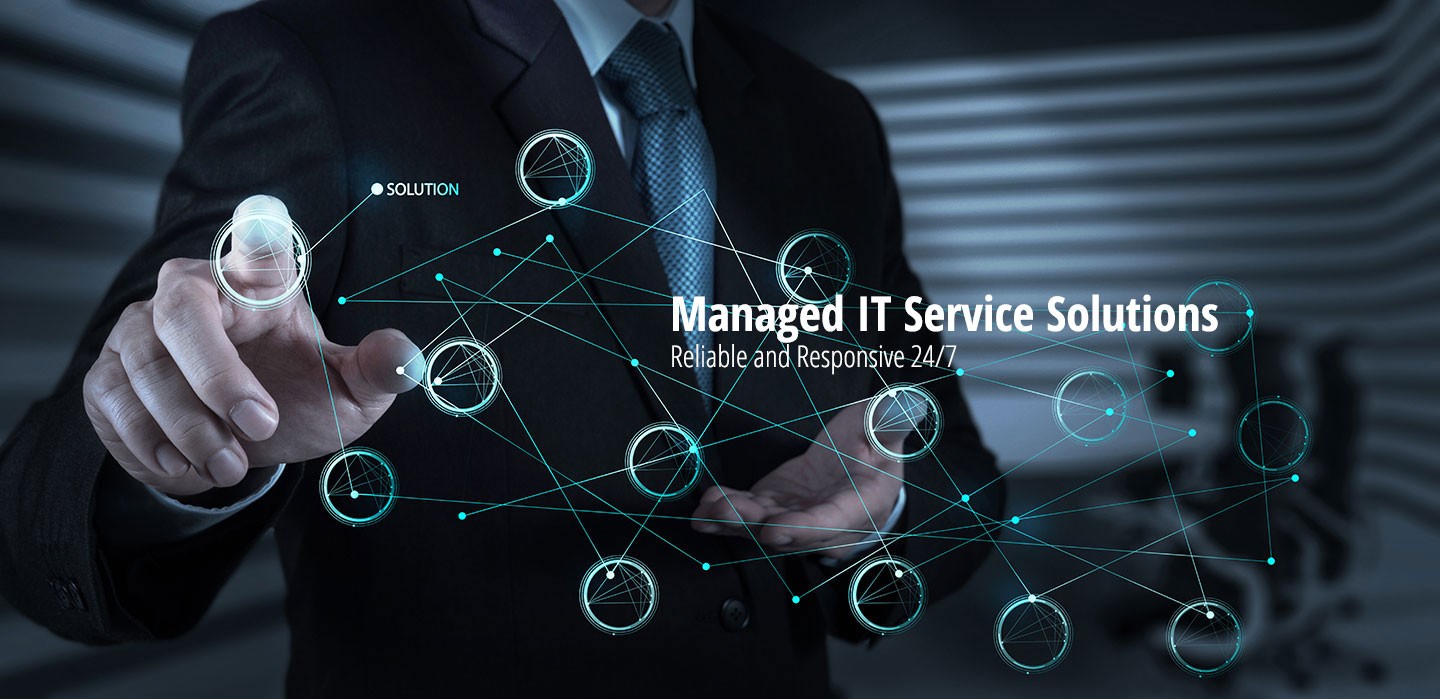3 Action Guide to Picking the Right Disaster Healing Service
Whether it's a ransomware attack, a natural catastrophe, or corruption of a customer's database, you wish to make sure that your company's IT system can recuperate. Having an organization connection and disaster recovery (BCDR) plan is necessary. There are a huge selection of BCDR options (on-premise, hybrid, or cloud-based), and it's important to pick the best one for your company requirements. Here's what you should be looking out for when assessing your next BCDR option.
Find the Right Business Continuity/Disaster Recovery Solution in 3 Steps:
1. Evaluate BCDR and DRaaS Solutions
Among the greatest aspects when choosing a BCDR solution is figuring out whether you'll contract out support or manage it internally. If you intend on outsourcing assistance, you'll need to partner with a handled providers (MSP) that is proficient in connection and compliance options. Since numerous BCDR services combine it services brisbane cloud, software application, and hardware elements - you'll need a process to support your virtual properties, local servers and desktops. BCDR hardware has a number of functions consisting of:

Hosting BCDR software application
Transferring server images to the cloud for disaster healing
Saving local copies of backup server images for routine brings back
Performing as the main server during a failover, allowing service to continue throughout restorationBCDR software is utilized to automate and manage backup and recovery procedures. After an initial full server backup, BCDR software takes incremental snapshots to create "recovery points" or point-in-time server images. Recovery points are utilized to bring back the state of a server or workstation to a specific point in time (prior to it stopped working or information was damaged).
2. Look For BCDR Cloud Options
The best BCDR solutions have a cloud backup as well as a healing part. This is since the cloud serves 2 functions in a BCDR solution. The first is to supply offsite storage space for server and workstation images utilized for restores. The 2nd is to take over important operations when a failover occurs.

Backups can be saved in your area - on an appliance or backup server in your information center - or remotely, in the cloud. For BCDR, it's best to keep copies of your backups in both places. Simply put, if it's not possible to bring back a system in your area, you can failover to the cloud. Similarly, your solution must attend to a variety of information repair scenarios, ranging from bring back a few lost files to recovering from a total server failure or the damage of multiple servers and PCs. Bring back from regional backups is faster, while the option of stopping working over to the cloud offers you ultimate defense versus worst-case scenarios.
3. Address Security and Compliance Frameworks
A BCDR must address ransomware detection, point-in-time rollback abilities, and data immutability. It's crucial to try to find BCDR services that abide by Service Organization Control (SOC 1/ SSAE 16 and SOC 2 Type II) reporting requirements and feature two-factor authentication. This can help safeguard your data and decrease the requirement for manual intervention. If you wish to learn how to keep your company healthy and safe, reach out to us for a totally free IT assessment.